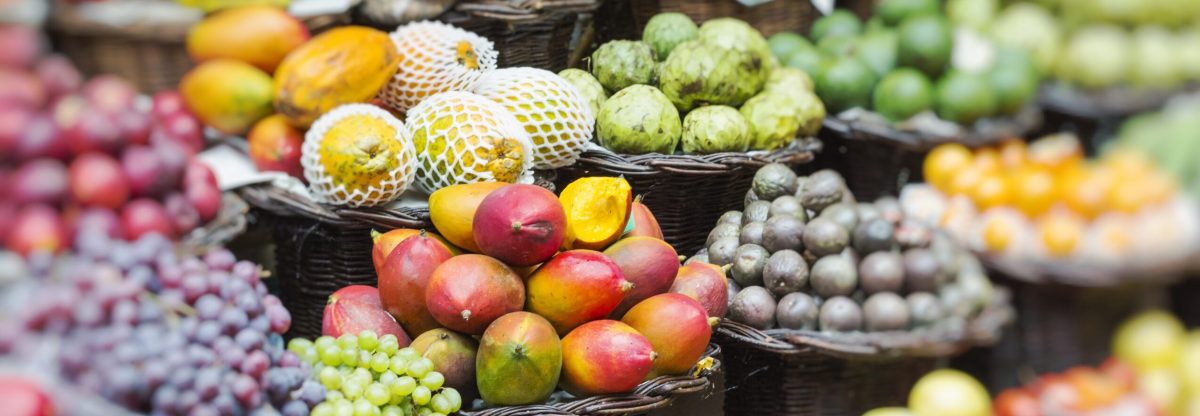Scientists have measured the relative importance of the different obstacles that carbon dioxide (CO2) encounters in its voyage from the atmosphere to the interior of plant cells, where it is converted into sugars. This provides much-needed information that will help to increase the yield of important food crops such as cowpea, soybean and cassava.
The research team’s data highlights promising targets to improve the diffusion of CO2 through the leaf with the aim of boosting crop productivity, says lead author Dr Tory Clarke, who works at The Australian National University (ANU).
The work was carried out by ANU researchers as part of the ARC Centre of Excellence for Translational Photosynthesis (CoETP) and the Realizing Increased Photosynthetic Efficiency (RIPE) project. This is an international research project which aims to improve photosynthesis to equip farmers worldwide with higher-yielding crops.
CO2 moves into the plant cells and is transformed into food during photosynthesis by enzymes located inside the chloroplasts. However, this journey is not a smooth one but rather one full of obstacles and resistances such as solid walls, liquid valleys and tunnels guarded by gate-keeper proteins.
“Our results will help enormously in the creation of more precise leaf and crop models, as we have linked the anatomical structures inside the leaves with important physiological crop aspects, such as the age of the leaf and its position in the canopy, to find out what is influencing CO2 uptake into leaf cells,” says Dr Clarke, from the ARC Centre of Excellence for Translational Photosynthesis (CoETP).
The paper, published this week in the Royal Society journal Interface Focus, used tobacco as a model because this plant forms a canopy like other important food crops, such as soybean, cowpea and potato.
“Our aim is to make these crops more productive, but we want to improve not only the leaves at the top of the canopy, but propagate these changes through the whole plant. In this paper, we consider the inherit leaf variation within the canopy and its relationship to photosynthetic capacity,” says CoETP’s Dr Florence Danila, co-author of the paper.
The diffusion of CO2 from the air into leaf cells is essential for photosynthesis, but until now, the understanding of how this occurs has been quite limited.
“In this study, we have fleshed out all these parameters and physiological measurements and found that variables such as the thickness of the cell walls should be a target for improvement in future studies,” says CoETP’s Deputy Director Professor Susanne von Caemmerer, one of the co-authors of this study.
“Surprisingly, other aspects such as the relationship between the chloroplast area and the position of the leaves in the canopy were not as relevant as we expected. This information is essential for future researchers focused on improving photosynthesis and food production in canopy crops,” she says.
The Realizing Increased Photosynthetic Efficiency (RIPE) project is sponsored by the Bill & Melinda Gates Foundation, the US Foundation for Food & Agriculture Research, and the UK Foreign, Commonwealth & Development Office. The CoETP aims to improve the process of photosynthesis to increase the production of major food crops.
Source: EurekaAlert












